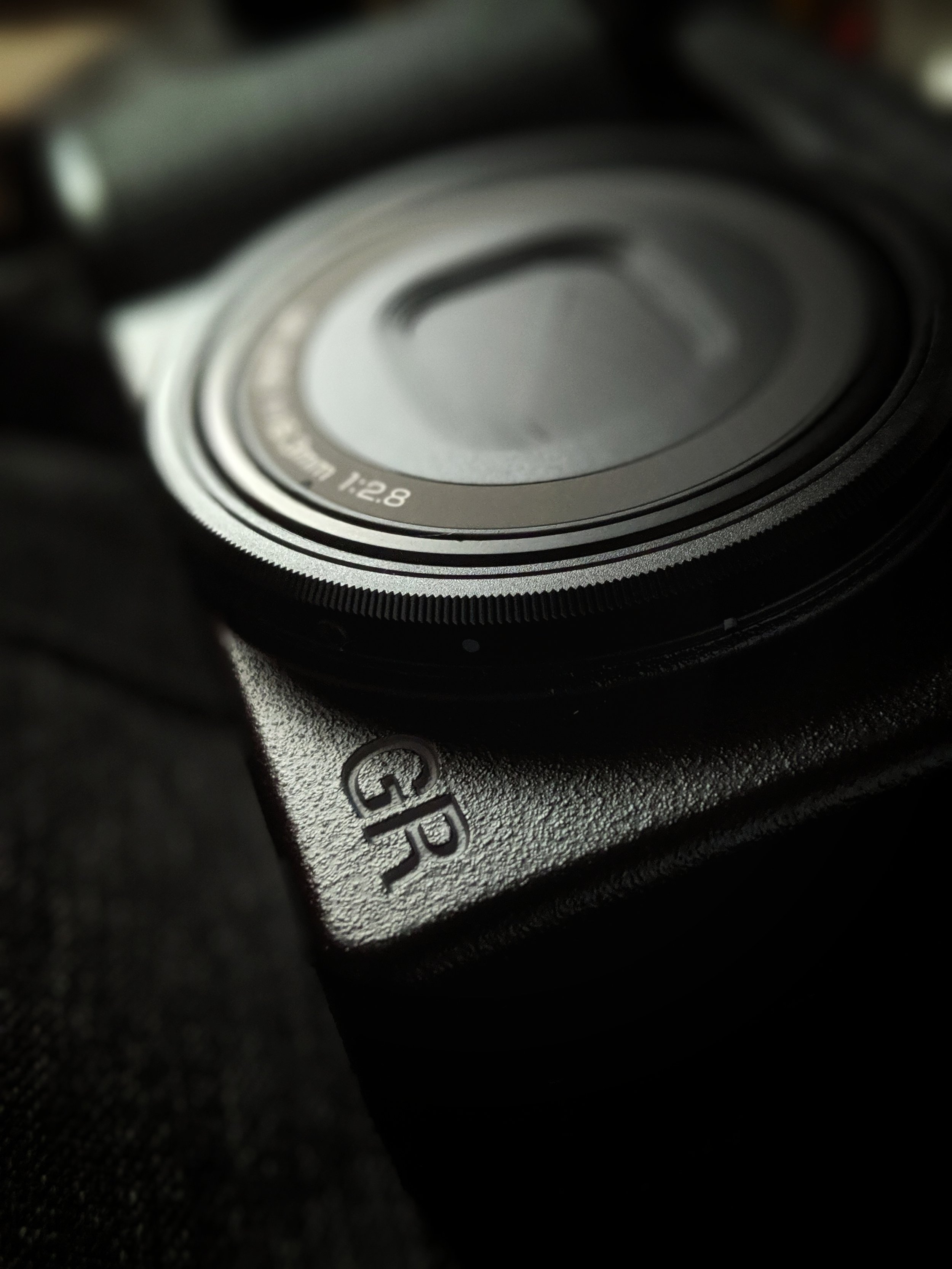My Favorite Street Cameras
Shooting some street photography in Manhattan this week with the Sony A7C and the little 40mm f/2.5 made me think about which have been my favorite street cameras.
5. Sony ZV-E10 - Not a typical street camera but it is a fun little camera, and I like it paired with the little Sony 20mm pancake lens. You could equally opt for any of the Sony A6000 series if you prefer the viewfinder.
(Note: the Leica Q or Q2 would, I’m sure, make it into my top 5 but I’ve never owned one and only used one very briefly. Similarly, I’d consider the Sigma FP if I’d used one more. That or the Sony FX3 would probably be my street video camera of choice if I needed such a thing).
4. Leica M - There are some tiny rangefinder lenses and I used the Voigtlander 35mm Colar Skopar on my old M240. I loved the rangefinder focusing experience and how it slowed me down, but occasionally missed the ability to shoot one-handed. I don’t know how much was the camera or lens, but it gave a very distinct look even in the DNG files.
3. Sony A7C - My current street camera, and the image quality is as good as any. The tiny viewfinder actually works fine, even with glasses. I like the ergonomics except for the lack of a front dial. Occasionally the 1/4000s maximum shutter speed is limiting without an ND filter.
2. Fuji X100V - The X100 series have always been great street cameras. Small and classic-looking and very quiet. And the built-in ND filter is a great feature. I loved my first X100F.
1. Ricoh GR3 - Tiny. The only camera here that I wouldn’t use a bag and just slip it in a jacket pocket. Strong metal construction, APS-C sensor and in-body stabilization, it’s really a remarkable little camera. No viewfinder or tillable screen, but I found I would just occasionally hold it out at arms length and get images that I wouldn’t get with another camera. It’s so easy to use one-handed.
(Having listed some cameras, Mark Bone makes a great point on his YouTube channel that we should spend less time understanding cameras in general and more time understanding the specifics of the image from our own camera. For example, how the image looks at ISO 4000 compared to ISO 400, or how the sharpness of a lens changes between f/2 and f/5.6.)
